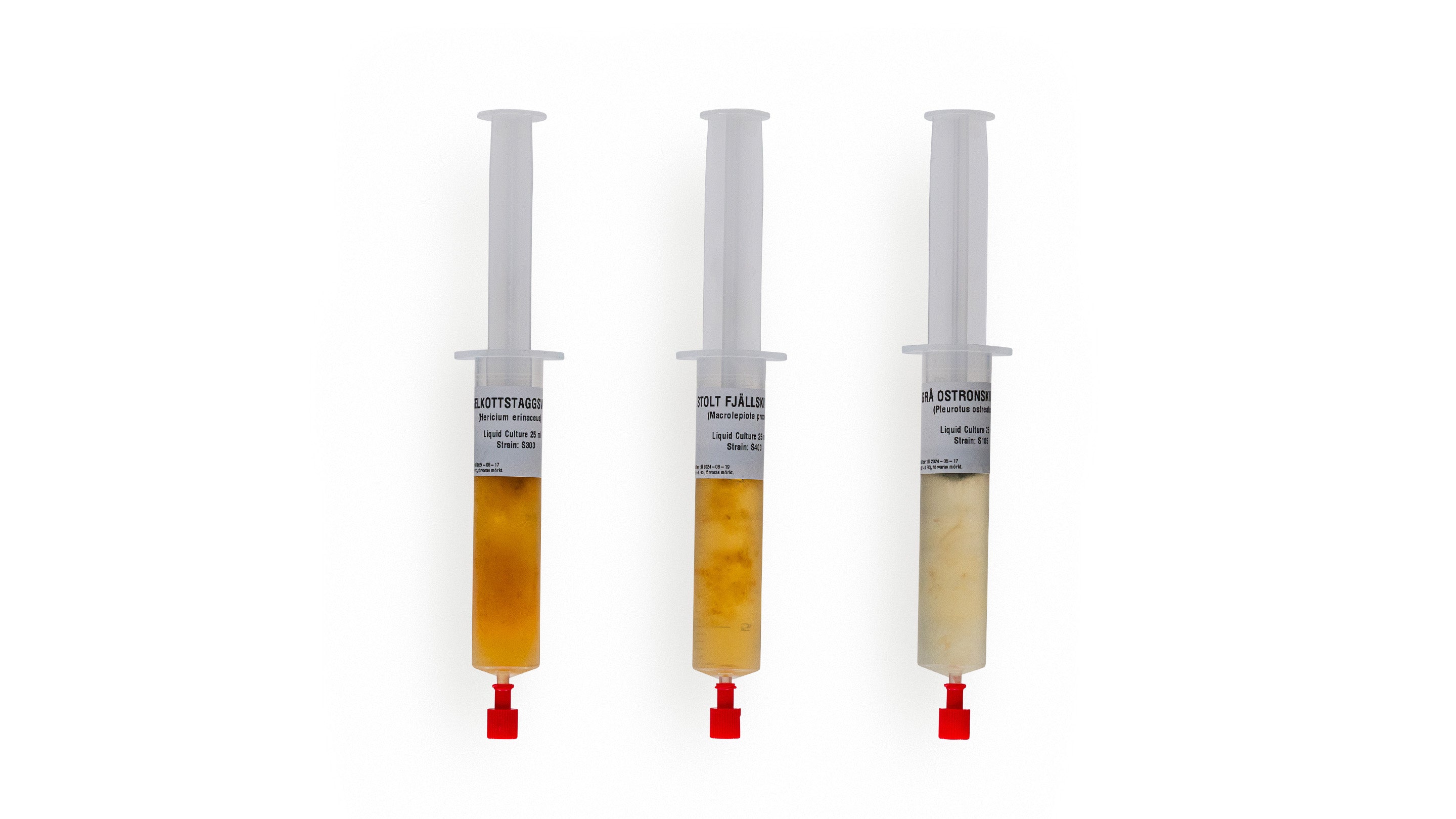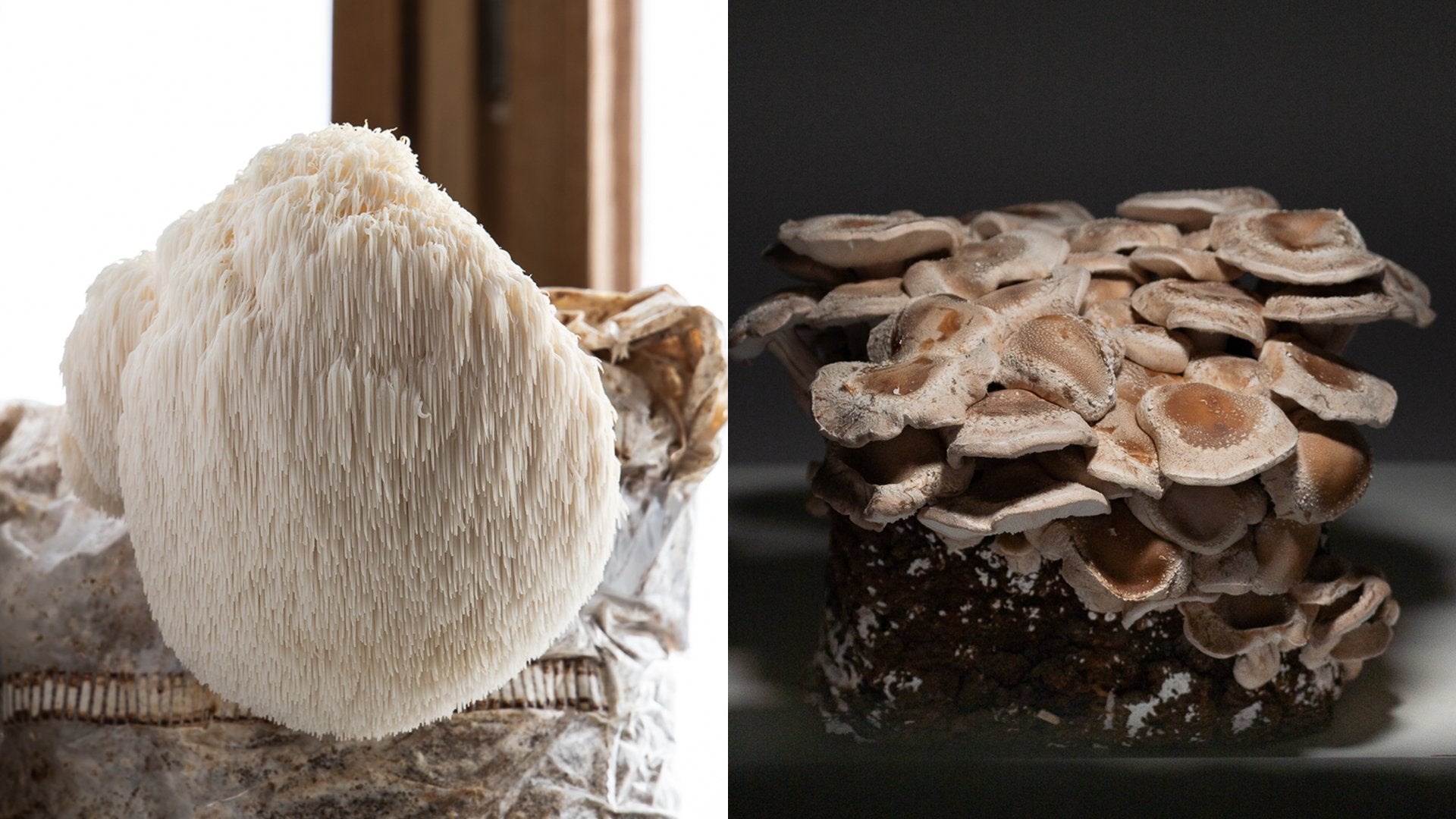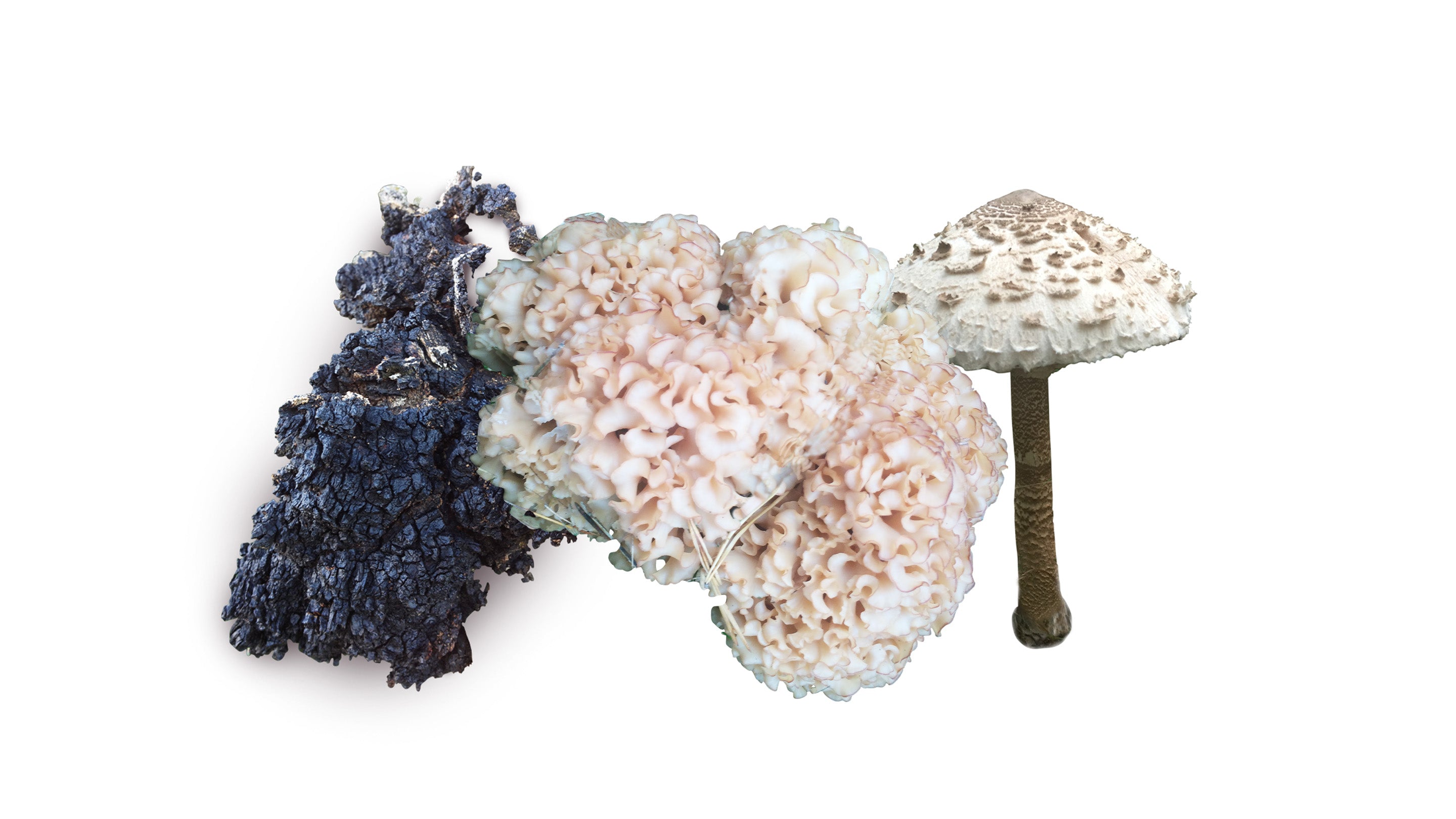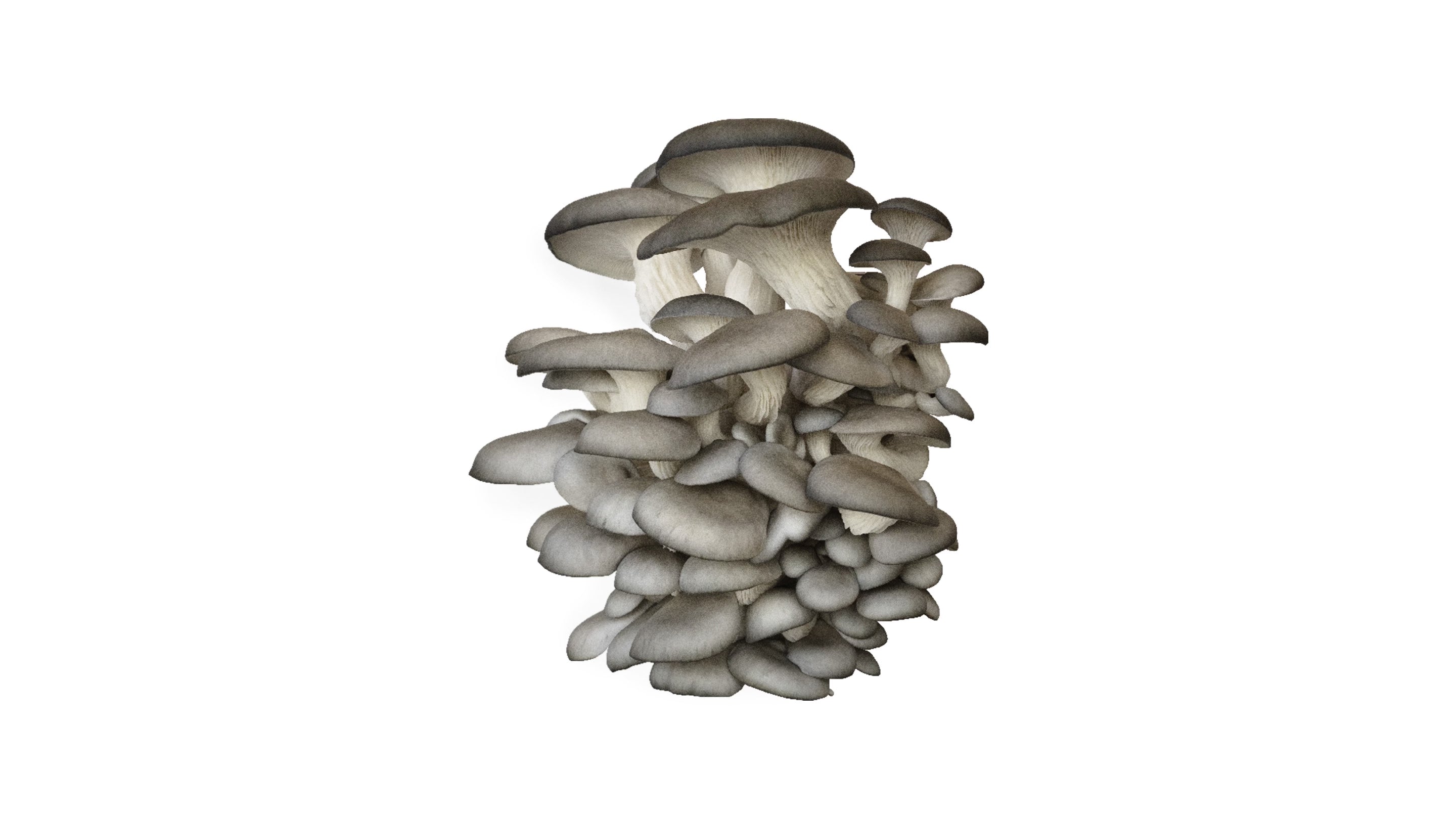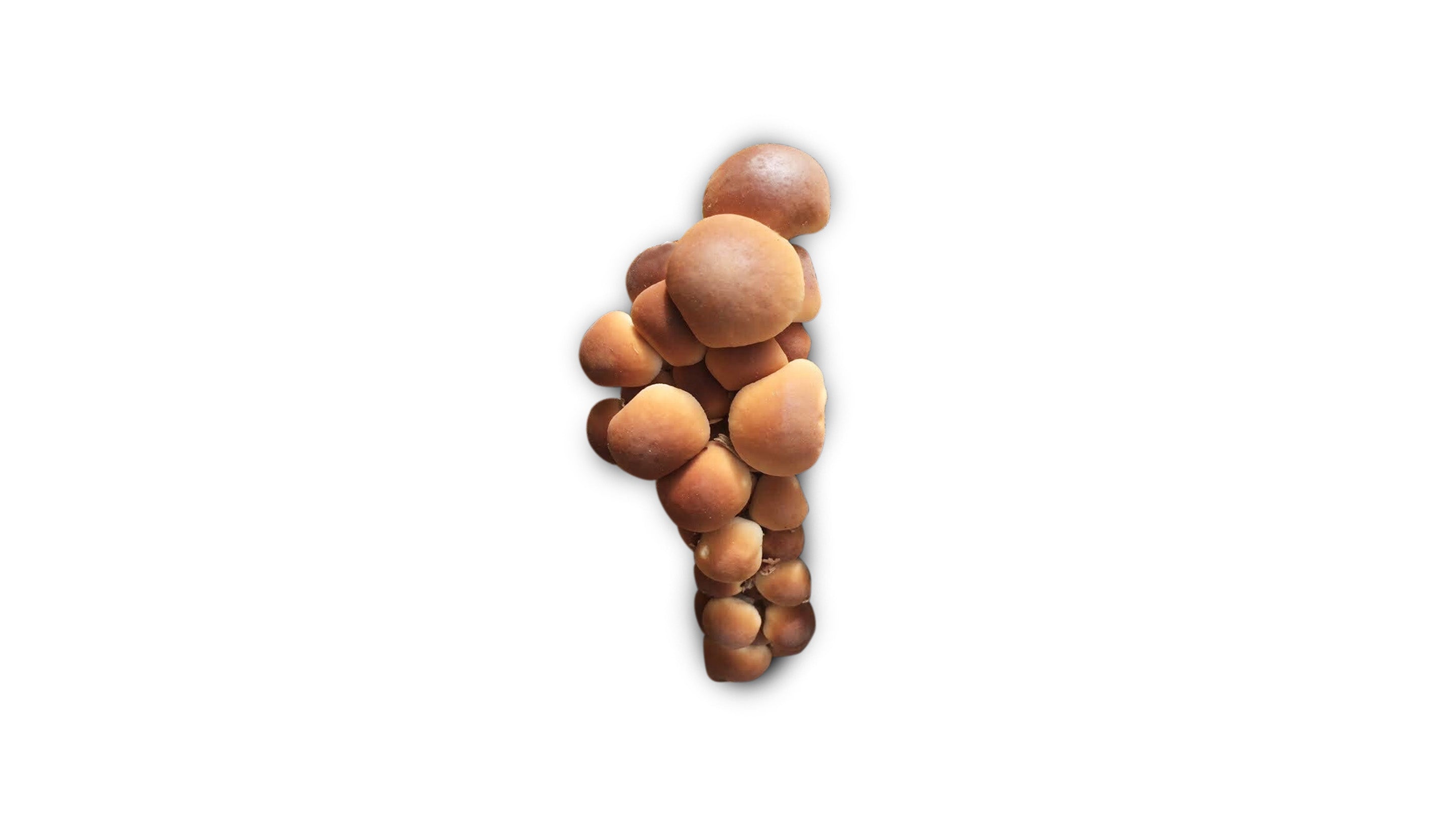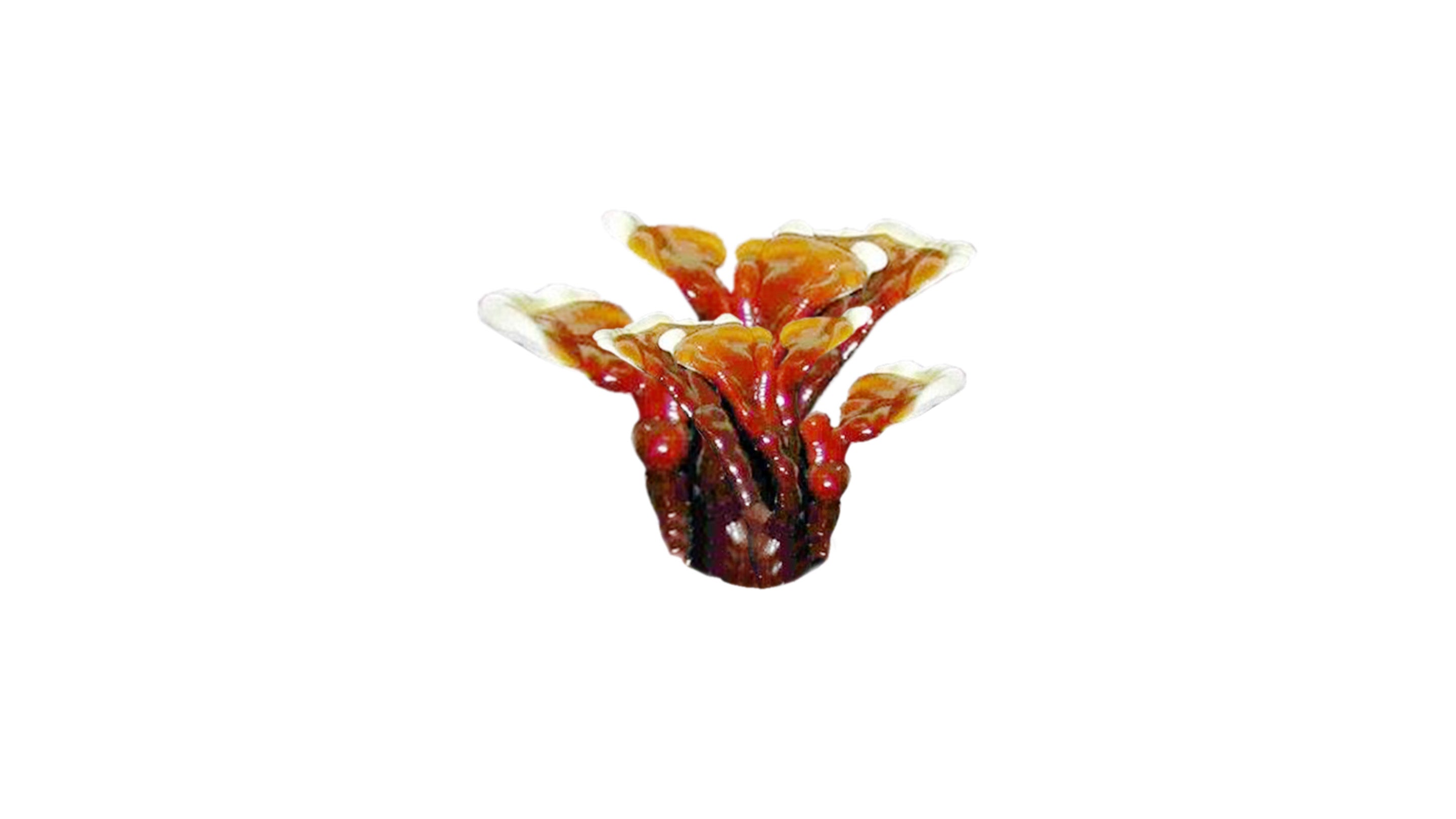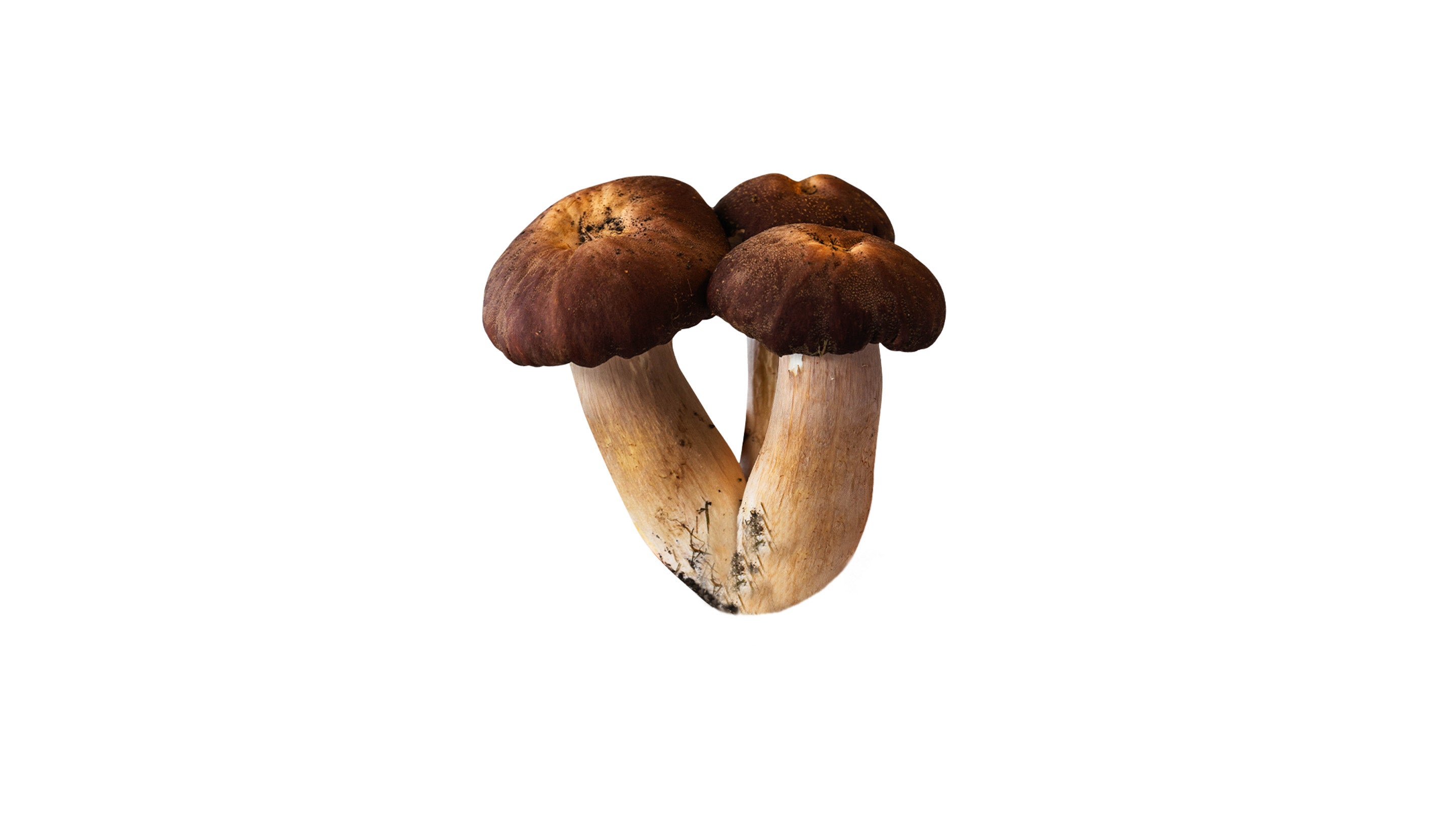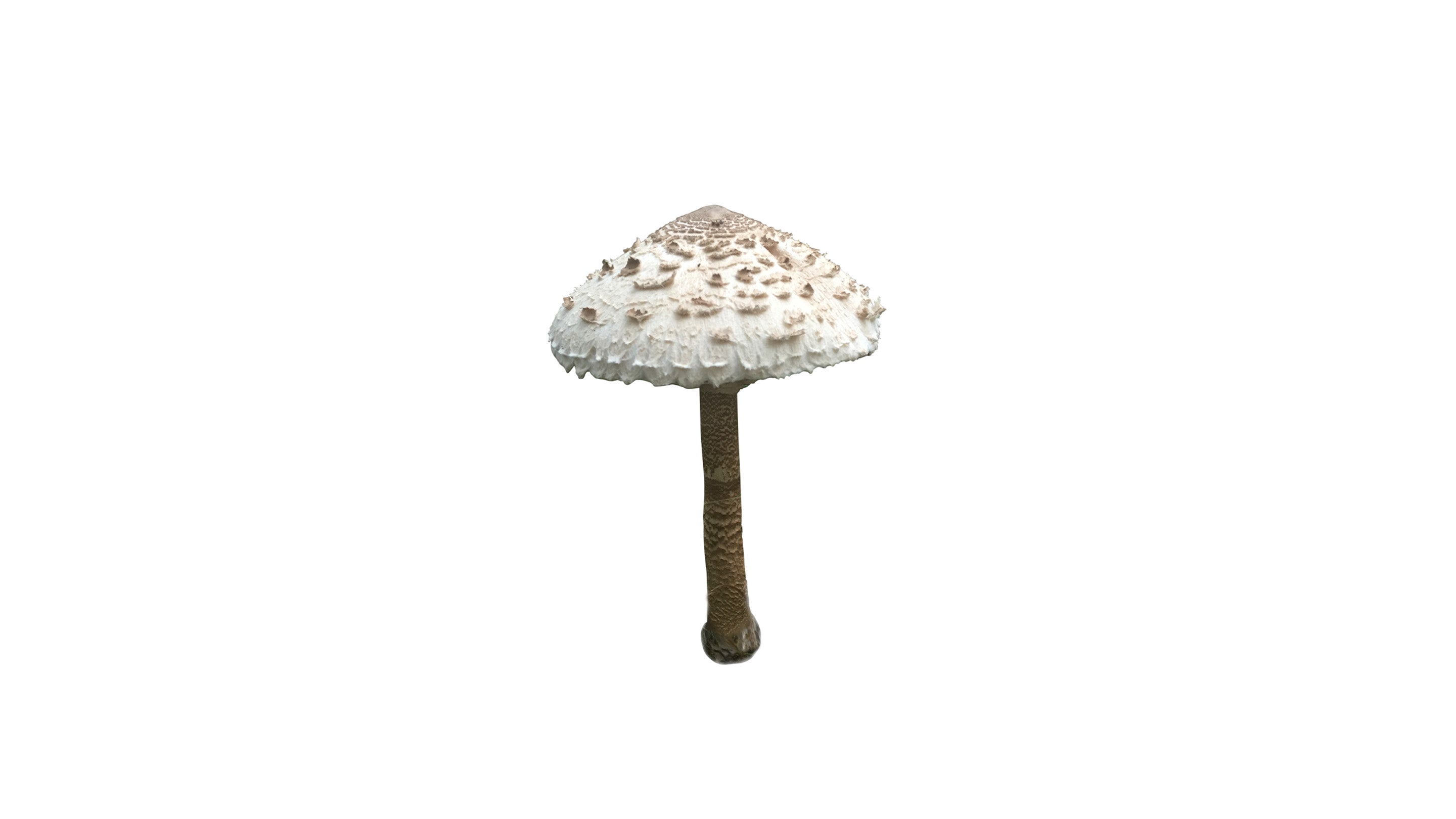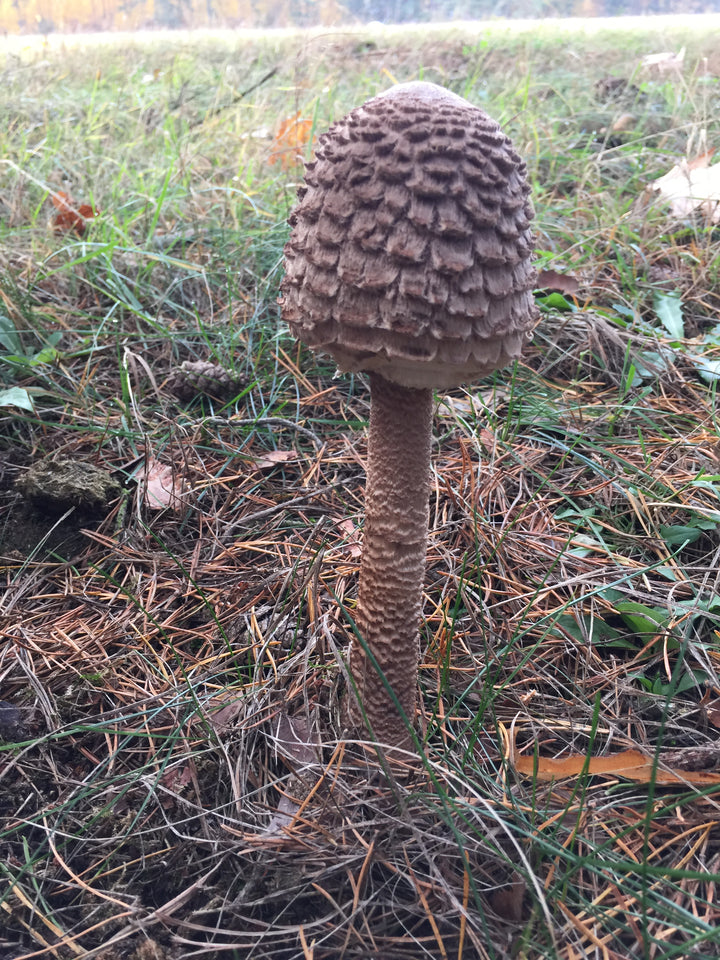Parasol mushroom - Grain Spawn 1 kg (Macrolepiota procera)
- Largest in Sweden for mushroom cultivation accessories
- Orders before 11.00 are usually sent the same day (Mon-Wed)
- Free shipping on orders over SEK 1,500 (within Sweden)
- Marknadsledande fraktpriser från 39 kr
- Pay safely and easily with Klarna
- Questions? Call or email, we will respond quickly! (Mon-Wed)
The parasol mushroom is a choice edible with a beautiful brown, scaled cap. The impressive cap can reach up to 30 cm in diameter. The mushroom thrives in bright places at the edge of deciduous and coniferous forests as well as on grazed meadows. Create a similar environment for your grow patch, preferably with sandy soil. The mushroom grows during the summer and autumn. It occurs naturally in the southern and middle parts of Sweden.
1 kg of mycelium grown on organic rye berries. Instructions available in the file below.
Note that the parasol mushrooms can be mistaken for poisonous amanitas (fly agarics), such as the panther cap mushroom -Amanita pantherina, and the royal fly agaric -Amanita muscaria var. regalis. A good rule of thumb to avoid a mix up is that the cap of the parasol mushroom has dark scales on a light background while the cap of the fly agarics has light scales on a dark background. There are several similar parasol mushrooms, but none of the species found in Sweden are known to be poisonous. For toxic look alikes in other countries, please investigate thoroughly.
You need wood chips, for example alder roodchips and sawdust, for example oak pellets. You can find this in the shop us under accessories.
Per 1 square meter you need approx.:
1. 10 kg of wood chips, which is about 20-25 liters depending on the size.
2. 4 kg of oak pellets which, when moisture is added, become approx. 20 liters (not compressed).
If you make a cultivation bed of 3 square meters, multiply the above by three. 1 kg of mycelium is enough for 1-3 square meters.
You can set up your growing bed from early spring when the risk of frost has disappeared until late autumn before it gets to freezing temperatures.
The fungus thrives at forest edges and in bright places in deciduous and coniferous forests as well as in grazed meadows. Create a similar environment for your cultivation, preferably with sandy soil.
1. Dig a 10 cm deep growing bed of 3 square meters. Fill the bed with a mixture of large and fine hardwood sawdust. Water abundantly so that the shavings are saturated. Allow the water to soak in thoroughly before distributing the mycelium.
2. Distribute all the mycelium in the bag (1kg) evenly over the entire surface.
3. Cover the bed with 5 cm topsoil or compost mixed with 50% peat. Water sparingly so the soil feels moist but not wet. Do not fertilize the bed but keep it moist and water gently when dry. You can advantageously let the grass grow over the cultivation bed. Parasol mushroom grows during summer and autumn. The fungus occurs naturally in the southern and central parts of Sweden and other parts of Europe.
Please note that the Parasol Mushroom can be confused with poisonous fly agaric mushrooms, such as panther fly agaric - Amanita pantherina and brown fly agaric - Amanita muscaria var. regalia. A good rule of thumb to avoid confusion is that the hat of the Parasol Mushroom has dark scales on a light background, while the hat of fly agarics has light scales on a dark background. There are several similar mushrooms in the parasol family, but none of the species found in Sweden are known to be poisonous. Check whether toxic confounding species occur in cultivation in other countries.
Orders placed before 11.00 a.m. are usually shipped the same day. We deliver with DHL and deliveries usually take 2-3 working days. Fungal mycelium is resistant but cannot withstand high temperatures. If the climate exceeds 25, we wait for cooler temperatures before sending the packages in order for your products to arrive to you in the best possible condition.









